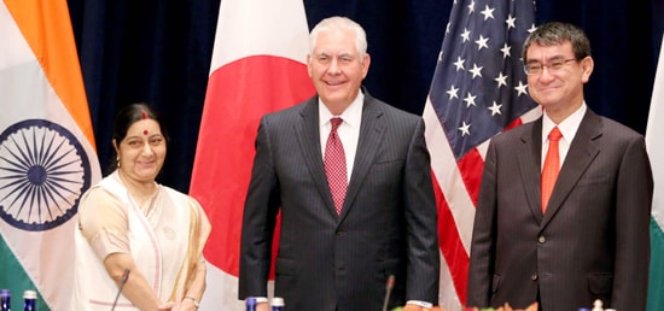In 2017, a government committee reported that incomes for farmers would need to grow by 10.4% each year from 2015 for them to double by 2022.
That’s not been happening.
It also said the government needed to invest 6.39bn rupees (£64bn; $86bn) in the agricultural sector.
Data on both public and private investment shows it has been falling.
In 2011-12, investment in agriculture as a percentage of total investment stood at 8.5%.
It rose to 8.6% in 2013-14 and then fell, staying more or less flat at between 6% and 7% since 2015.
Farmers sinking into debt
An official government survey carried out in 2016 by the National Bank for Agriculture and Rural Development, found that in the three years up to this point, the average amount of debt that farmers were liable for had more than doubled.
Reality check has previously looked at the plight of farmers facing high levels of debt and the political debate over whether they should receive debt relief.
There have been attempts at federal and state level over the years to give farmers direct financial and other support, such as subsidies for fertilisers and seeds and special credit schemes.
In 2019, the federal government announced a direct cash transfer scheme targeting 80 million farmers.
Under the scheme, the government provides income support of 6,000 Rupees (£61; $81) per year.
Six states in India already had their own state-run cash transfer schemes for farmers prior to that.
Devinder Sharma says such schemes have helped raise farmers’ incomes.
“The government brought in direct income support to farmers and it was a good step in the right direction.”
But we don’t yet have the data to show if these schemes have worked or not. Source: BBC





Be the first to comment